If aromatherapy is a frequently misunderstood profession then the specialization of aromatic medicine is so out there we could be discussing xenobotany here. But we’re not talking about plant life on other planets, this is a unique branch of botanical medicine that employs volatile aromatic plant extracts in internal dose forms.
Twenty years ago I began studying botanical medicine in high mountain meadows, birthing rooms, greenhouses, gardens, and dining rooms in Northern New Mexico. Six years ago I studied clinical aromatherapy in a classroom at Boston Medical Center. Last year I began studying aromatic medicine at the Heal Center. It was an International effort coordinated by South African Roz Zollinger, Brit Gabriel Mojay, and led by Aussie Mark Webb. It was amazing and I’ve loved how it has taken my practice and education to another level.
What is Aromatic Medicine?
 Aromatic Medicine is the internal dosing of volatile plant extracts. Extracts used in aromatic medicine include:
Aromatic Medicine is the internal dosing of volatile plant extracts. Extracts used in aromatic medicine include:
- steam- and hydro-distilled essential oils,
- expressed/cold-pressed essential oils,
- carbon dioxide extracted volatiles (CO2 extracts),
- and deterpenated/rectified essential oils.
Other botanical ingredients used in formulations might include:
- ethanol botanical extracts (herbal tinctures),
- triglyceride (fatty) oils, waxes, and butters (think shea butter and almond oil),
- and raw plant materials from powders to loose herbs.
Aromatic medicine draws on both pharmaceutical standardized methodologies (Gallenic method) as well as botanical medicine methodologies to calibrate and formulate doses. This has proven to be the biggest leap in the evolution of how I prepare remedies. Twenty years ago I used dashes, pinches, scoops and generally eyeballed my measurements. That would be a terrific way to make a batch of bone broth, blood builder syrup, healing soup, or adrenal-nourishing tea but a terrifying approach to aromatic medicine! Today you’ll find me cozied up to a fancy little scale measuring active ingredients in milligrams with a handy little calculator and a mason jar full of pipettes.
Dose Forms in Aromatic Medicine
You’ll recognize some of these dose forms from more common aromatherapy practices but I’m adding notes specific to how the dose may be different in aromatic medicine:
- Respiratory tract – an emulsified solution dosed via a nebulizer according to the constitution and age of the client; an emulsified nasal spray/wash; an aromatic suppository.
- Gastrointestinal tract – milligram dosage according to the weight of the client and chemistry of the active ingredients employed and dosed via enteric-coated capsules, aperitifs and digestifs, emulsified gargles, liquid syrups, or aromatic suppositories.
- Urogenital tract – milligram dosage according to weight of the client and chemistry of the active ingredients employed and dosed via aromatic suppositories or pessaries.
Should I try Aromatic Medicine?
Professionally, my aromatic medicine training has really elevated my formulation work and introduced me to some unique approaches to drafting wellness plans. Personally, I’ve enjoyed a broader range of wellness tools to support immune health during the 2015-2016 cold/flu season, and this year’s cedar fever season followed shortly by the mold and pollen sinus apocalypse ;-).
Aromatic medicine seems to particularly shine in the area of supporting the body during an acute or chronic infectious disease state. Examples of this include influenza, hospital superbugs, respiratory infections, gastrointestinal infections, and Lyme disease.
Is it safe?
Safety and efficacy should always be at the forefront of any aromatic intervention, be it inhaled, topical, internal, or oral. If you’ve read some of my other posts like Friends don’t let friends drink essential oils, and Why essential oils are not water flavoring agents, and Essential Oils and GRAS: What it really means then you know there are risks associated with oral dosing: mucousal lining damage, internal organ stress, stomach and esophageal damage, phototoxic reactions (worse with oral dosing than topical), and immune system stress (sensitization, triggering an autoimmune condition, etc). So if adding a drop to a glass of water isn’t safe how is adding a drop to a gel cap and swallowing it safe? Great question!
The only way for aromatic medicine to be safe is to have a firm grasp on dosing, chemistry, and pharmacology of these concentrated ingredients. We know that essential oils can safely be used to flavor beverages and foods when they have been appropriately emulsified (remember that oil and water don’t mix!), and used in accordance with flavoring doses. Oftentimes this means an essential oil needs to be rectified for it to be non-irritating to the mucous membranes in the mouth, throat, and stomach.
Dosing, chemistry, and pharmacology go hand-in-hand in a treatment plan. We select a dose based on weight and constitution of the individual – very different dosing and dose forms for a 190 pound adult with a strong constitution versus a frail 110 pound senior citizen. Then we further calibrate the dose according to the chemistry of the aromatics we’ve selected. After that we further calibrate based on the dose form we wish to employ. So each capsule, suppository, nebulizer dose provides the same dose of aromatics.
Can I do this myself?
I get a lot of safety questions about using essential oils orally, and many of them are centered around the individual wanting to know if their at-home formula is safe or if a commercial formulation they’ve purchased is safe. With some inspiration from Jim McDonald, a Michigan herbalist, I’ve put together a list of questions to help you determine whether an oral dose of essential oils is appropriate and safe for you:
- What is the binomial (latin) name of the plant this aromatic extract comes from?
- Does it have a chemotype? (i.e. Rosemary CT Cineole)
- How was this aromatic extracted?
- Has it been rectified/deterpenated?
- How was the plant grown?
- What is the chemistry of this specific batch?
- How old is it and what were the storage conditions like?
- What is the LD (Lethal Dose) 50 of this extract?
- What are the possible medication and health contraindications for this extract?
- What is the maximum adult oral dose of this extract?
- What is the nature of the condition being treated?
- What is the dosage for the weight and constitution of the person being treated?
- What delivery form will be the most effective, and safest for the condition being treated?
- What is the dosage frequency and the treatment plan length?
- What do the side effects look like?
- What does an overdose look like with this dose form and aromatic?
Let me know if I can help you with your aromatic wellness plan!

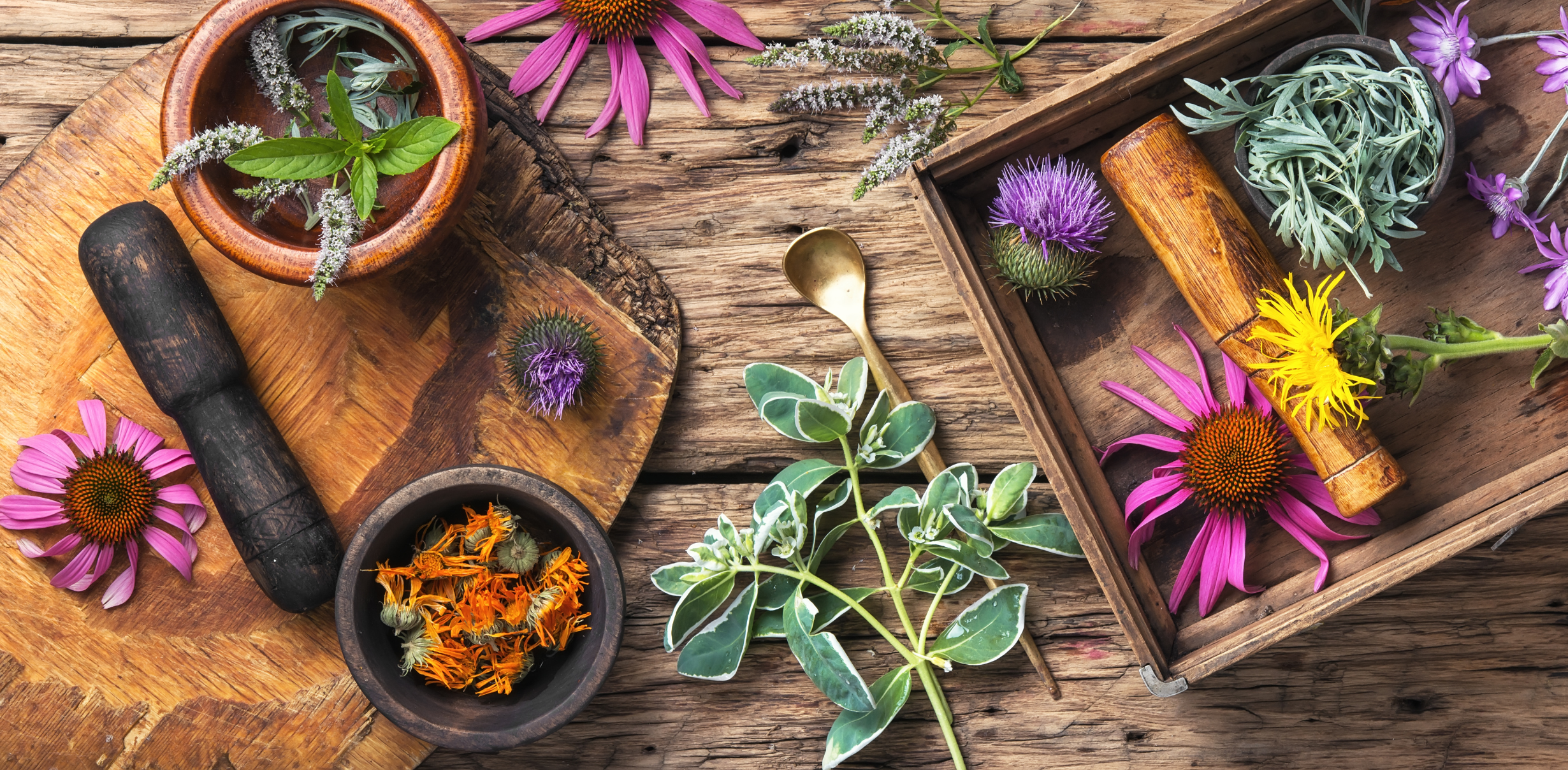

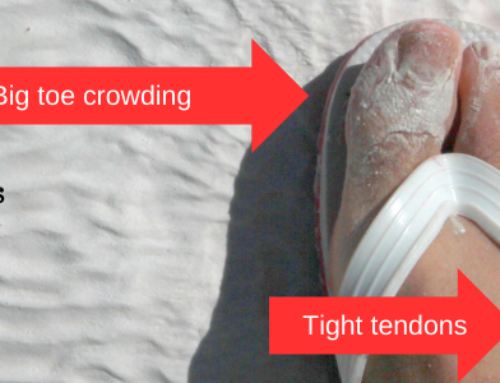
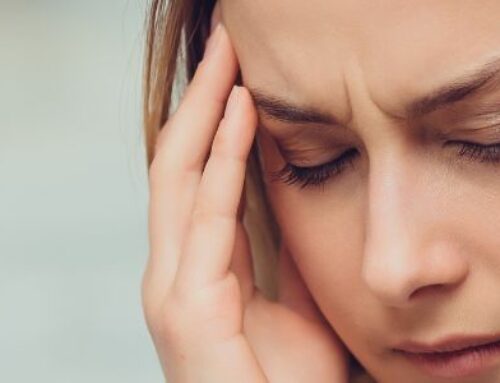


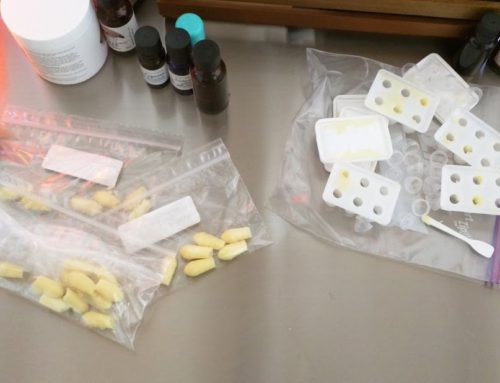

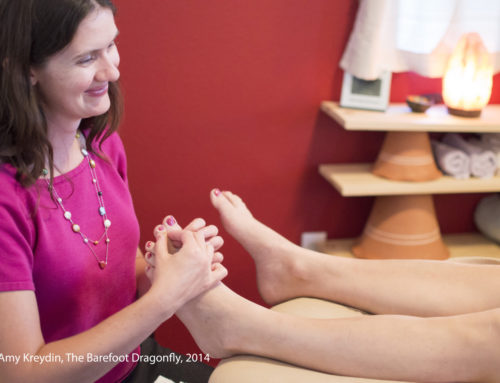
Hi, well in terms of home treatment I think I will forgo any internal use LOL. Based on the above criteria in terms of figuring out whether an oil is safe and at what amount as well as contraindications with medicines I am taking it is simply more work than I am even capable of doing unfortunately. Well perhaps over a very long time I could figure it out – idk. I have fibromyalgia and bipolar disorder so that brain-fogginess and lethargy are huge obstacles for me. Even when it comes to treating symptoms like pain or depression by means of infusing or topical with a carrier I find the information available “out there” to be overwhelming, often contradictory and basically just not good enough. And then of course the books that are any good on the topic run almost or more than $100. I might go that route. I have been given the name of a good book – I have it written down somewhere. But even then when it comes to determining the quality of the oils…….it’s endless!! lol (I do use things like lemongrass or peppermint topically for pain or infuse say for instance bergamot and patchouli and lavender for depression or fatigue and such.) And seeing an actual aromatherapist is sooo not within my budget. Anyway I look forward to checking out your website more thoroughly (this is the first page I have read fully). But if you see this and just so happen to have the time and inclination to recommend any oils along with where to get them (that would be useful in the applications that I mentioned I WOULD be willing to use) OR if you have any warnings or tips you’d like to pass on to me personally that would be awesome. If you do not have the time or do not think it wise then I totally understand. I am finding so far that your website is mighty informative and I give you a big THANK YOU for taking the time to publish!! Great Job!!!
Cynthia
Thanks for reading, Cynthia! I don’t offer online consults for a variety of reasons, which is something I explain in detail here: https://www.thebarefootdragonfly.com/why-i-dont-offer-aromatherapy-consults-over-the-internet/.
I failed to hit the notify me of response so am just doing that now – I hope it works (my memory will not allow me to come back to this specific page without a reminder I don’t think LOL)
Have a Great Day!!
Cynthia
Hi, I need to understand better about this plant. What are the benefits off it. Is it for flu season, respirator,add, pain,
Please explain to me. And how can I get the benefits off this plant.
Which plant, Elizabeth?
Good morning,
I know this is probably an extremely repetitive question you get and you may have even answered it above in a way I’m not quite grasping.
I purchased a pre made Gel capsule with essential oils inside ex lemon/peppermint/lavender for seasonal allergies in attempts to avoid over the counter medication. It’s from DoTerra and I have stopped all other internal uses for example I will not be drinking it in water or anything else of that nature. I’m just wondering if it’s in a capsule can I take that internally because it is not going to effect the throat and mouth? And is it best for even the gel capsules to have a carrier oil inside them as well.
Would it be safer to say mix with honey and warm water (as I read on a different blog that was saying do not mix with water) I understand you’re saying I can’t be 100% certain because I don’t know the answers myself to that list of questions. But I already purchased them and now I am not sure what to do. I have taken internally in the past with no ill effects but also now understand they may not be immediate. I apologize for the length and so many questions but I want to be safe and still continue my love for EO. I make lots of house hold items to clean and diffuse as well.
Thank you so much.
Thanks for stopping by, Katie! I would want to know the dosage (in milligrams) of each of the aromatics in the formulation and how that compares to oral daily dosage guidelines for each of them. When I’ve looked at this particular combination from this company I’ve noticed that their peppermint dosage exceeds the maximum adult daily dose by quite a bit. Of course the weight of the individual will make a difference but if I remember my calculations correctly the daily suggested dose would only work for a very large adult and obesity poses its own risks for metabolism and dosing. To be frank, I don’t understand the draw to take an internal capsule for seasonal allergies when direct inhalation is more effective and targets the area of the body most in distress from seasonal allergies. I share how I approach seasonal allergies here: https://www.thebarefootdragonfly.com/holistic-seasonal-allergy-support/.
You make a very good point about the target area!! So in reality it may even be Better to break the capsule into your hands and inhale or something alone those lines? and also use that combination in diffuser? Thank you so much for responding
That sounds messy. I make up aromasticks for this purpose. Convenient to use, easy to dose, and you’re not diffusing into an entire room.
Thank you for your ideas and responses! I think I will pay more attention to what reps and big companies are recommending because it’s hard for little fish like me to know if they’re really genuine or not. Very helpful
Happy to help! Do you have access to community education courses in your community taught by a qualified aromatherapist? If the instructor is a member of one of the national associations: Alliance of International Aromatherapists (AIA) or National Association for Holistic Aromatherapy (NAHA), she/he will be bound by a code of ethics and be required to educate on industry safety guidelines (example: https://www.alliance-aromatherapists.org/safety-statement/).
[…] system so it can be taken up into the blood stream. There are clinical aromatherapists with advanced training as well as a few nurses and doctors who have received this training. Factors that come into play […]
[…] yet to find a use for oregano essential oil in my practice, not in clinical aromatherapy, not in aromatic medicine, not in popular aromatherapy. But I do like the infused oil in culinary preparations and when I […]
I have been taking Eo internally for 3 months now,Frankincense,Clary Sage, Ylang Ylang Thyme and Oregano as well as lemon and Peppermint in my water. I recently had bloodworm and for the first time in my life my Liver enzymes are elevated. I’m wondering now if EO use could be contributing to this. I am stopping and will ask for a retest in 4 weeks. How long does it take to rid the body of EO?
Every body is different, Patty. I recommend speaking with your healthcare practitioner about any questions you may have related to metabolic disruption from uninformed dosing of essential oils.
That should have read BLOOD WORK, thank God I don’t have bloodworms lol
As a trained Aromatherapist (Tisserand Institute), I was taught that you can only prescribe essential oils for internal use if you are a medical Dr and a trained Aromatherapist. Obviously some oils such as enteric coated peppermint gels are available in pharmacy’s but most oils could be very dangerous if ingested especially neat and as I have heard Do Terra sales people say ‘5 drops of Frankincense oil under the tongue twice a day’ is very irresponsible. The one I spoke to was not even an Aromatherapist! Very worrying when we are trying to promote such a fantastic natural health Complementary medicine.
Very few aromatherapists have adequate training in aromatic medicine, Di. I’d recommend seeking out the counsel of someone with training specifically in aromatic medicine who can work with your healthcare practitioners as part of your overall wellness team. Casual, uninformed usage like you’re describing often leads to a myriad of health issues and can take months or years for the individual to recover from such an injury.
yes that’s true. I know there are French Dr’s who are also trained Aromatherapists but as far as I’m aware there are not any in the UK. I do occasionally use oils myself to gargle etc but would never advise my clients to take oils internally, apart from commercially available such as peppermint capsules
Di, you might get in touch with Gabriel Mojay over at ITHMA (http://www.aromatherapy-studies.com/). He co-sponsored the aromatic medicine course I took here in the U.S. and may have information about training offerings in the UK or at the minimum a few resources to aromatic medicine practitioners on your side of the pond.
Thank you Amy for that contact and I will definitely get in touch. Have a good weekend.
Is there an article or book I can read to learn how to treat conditions with dosing route and frequencies for all diseases in one place?
No, ma’am. But any course worth its salt should give a thorough overview depending on the syllabus and goal of the program.
Hi Amy, I am an aromatherapy student and was trying to find scientific studies showing that essential oils actually do damage mucous membranes as I keep reading from reputable aromatherapists that they do, and I wanted the actual evidence to support it since most blog articles I read that speak to it, do not list any scientific source for showing they cause mucous membrane damage. I am not debating the essential oils in water at all, I am just trying to find evidence that essential oils damage mucous membranes. I could not find much, only limited information on eugenol at higher doses in T&Y EOS2, and in fact I found a plethora of articles indicating that many essential oils are actually gastroprotective, most delivered in a dilution agent, some do not indicate the dilution agent, and can help heal or prevent ulcers, including eugenol at lower doses. I found that some essential oils actually are protective by spurring the body to stimulate mucus production, they do not strip it away. Here is a literature review I found on constituents and a few whole essential oils, and then I do have a reference list I can share of several whole essential oils that are gastroprotective: http://www.mdpi.com/1420-3049/19/5/5717/htm.
I want to be able to share scientific evidence of the claim, but have not found any in library database searches.
Thank you,
Kathy
Hi Kathy – gastroprotective essential oils are dose dependent and exceeding that dose can cause mucous membrane irritation and other gastrotoxic effects. Keep in mind that most of the research in this area are on animals. Try Tisserand & Young’s chapter on the digestive system for citations. You might also look at some of the reports on mucous membrane injuries here: http://aromatherapyunited.org/injury-reports/. Good luck with your studies!
Are EOs safe for cleaning? I’ve been making my own household natural cleaners for years but recently started adding lemon & lavender EOs to a few of them.
Many of the above questions would be helpful in determining safe use of an essential oil for cleaning. You’d want to know the particulars of the essential oil and the age – an oxidized essential oil will be a respiratory irritant in a similar manner as ammonia or chlorine bleach. You’d also want to know what considerations there are for using a particular essential oil around pets, children, and family members, especially those with health conditions and medication prescriptions. For example, Lemon essential oil will oxidize quickly (in about 12 months from distillation) and is phototoxic (http://www.amykreydin.com/here-comes-the-sun-photoxicity-essential-oils-and-you/).
[…] system so it can be taken up into the blood stream. There are clinical aromatherapists with advanced training as well as a few nurses and doctors who have received this training. Factors that come into play […]